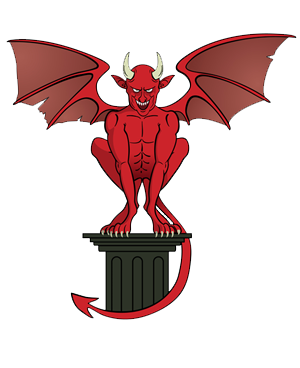Transponder
The function of a transponder is to transmit a signal to a ground radar station. Signals from this radar station provide ATC with information such as aircraft identification, altitude, etc.
A transponder is not mandatory for a flexwing, however there are some controlled airspaces that require one for transit. A transponder is an expensive item (starting at approx £1,500 and can be a lot higher depending on the type). Fitting is extra, which results in making it out of financial reach for a lot of pilots.
If you have a transponder, then radar stations will pick up your position and height, and can also transmit your aircraft registration and type. The pilot can set a numerical output on the device (called a SQUAWK). Air Traffic Controllers will advise pilots to set to a specific number, so they can be identified.
If an ATC asks you if you are transponder equipped, and you’re not, the response should be “Negative Transponder”
Types of Transponder
There are 3 main kinds of transponder:
- Mode A equipment transmits an identifying code only.
- Mode C equipment enables the ATCO to see the aircraft altitude or flight level automatically.
- Mode S equipment has altitude capability and also permits data exchange.
